Market Trends
Key Emerging Trends in the Dairy Free Cream Cheese Market
The Dairy-Free Cream Cheese market is experiencing significant shifts in response to changing consumer preferences, dietary trends, and a growing demand for plant-based alternatives. A key driver of market dynamics is the increasing awareness of lactose intolerance, dairy allergies, and the desire for plant-based options among consumers. This has propelled the demand for dairy-free cream cheese, which offers a lactose-free, vegan-friendly alternative without compromising on taste or texture. As more individuals adopt plant-based diets or seek alternatives due to dietary restrictions, the market has witnessed a surge in the popularity of dairy-free cream cheese products.
Consumer interest in health and wellness has been a pivotal factor influencing the Dairy-Free Cream Cheese market dynamics. With a focus on cleaner eating and better nutrition, consumers are actively seeking products that align with their health goals. Dairy-free cream cheese, often made from plant-based ingredients such as nuts, soy, or coconut, caters to this demand for healthier alternatives. The market has responded with innovative formulations, emphasizing natural ingredients, and nutritional benefits, thereby influencing purchasing decisions and contributing to the overall growth of the dairy-free segment.
The broader trend of plant-based living has significantly shaped the market dynamics of Dairy-Free Cream Cheese. Plant-based diets are gaining traction globally, driven by environmental concerns, ethical considerations, and the perceived health benefits associated with reducing animal product consumption. The dairy-free cream cheese market has become a beneficiary of this trend, expanding its consumer base beyond individuals with specific dietary restrictions to those embracing plant-based choices as part of a lifestyle. This shift has led to increased product variety, improved formulations, and a more extensive presence of dairy-free options in supermarkets and specialty stores.
Innovation and flavor diversity have played a crucial role in shaping the Dairy-Free Cream Cheese market dynamics. As consumer expectations evolve, manufacturers are introducing a variety of flavors and textures to replicate the taste and feel of traditional cream cheese. From classic plain to herb-infused and spicy varieties, the market has embraced diversity to cater to different palates. This flavor innovation, coupled with the use of high-quality ingredients, has contributed to the market's dynamism, creating a more exciting and appealing range of dairy-free options for consumers.
The influence of digital media and social platforms has also impacted the Dairy-Free Cream Cheese market dynamics. Social media plays a significant role in creating awareness, showcasing product offerings, and influencing consumer choices. Food bloggers, influencers, and online communities contribute to the market by sharing recipes, reviews, and experiences with dairy-free cream cheese products. This digital presence not only boosts brand visibility but also helps in establishing a connection with consumers seeking information and recommendations in the plant-based food space.
Retail partnerships and distribution channels are instrumental in shaping the accessibility and reach of dairy-free cream cheese products. The market dynamics are influenced by collaborations with supermarkets, health food stores, and online retailers. Increased shelf space, strategic placement, and promotions contribute to the product's visibility, attracting both dedicated consumers and those curious to explore dairy-free alternatives. The convenience of finding dairy-free cream cheese in mainstream outlets has played a crucial role in driving market growth and normalizing plant-based choices.
While the Dairy-Free Cream Cheese market has seen substantial growth, challenges such as competition, pricing, and taste expectations remain important considerations. Manufacturers need to balance product affordability, maintain high quality, and continuously innovate to stay ahead in this competitive landscape. In conclusion, the Dairy-Free Cream Cheese market reflects a dynamic interplay of consumer preferences, dietary trends, industry innovation, and digital influence, contributing to the ongoing evolution of the market and the broader shift towards plant-based eating.

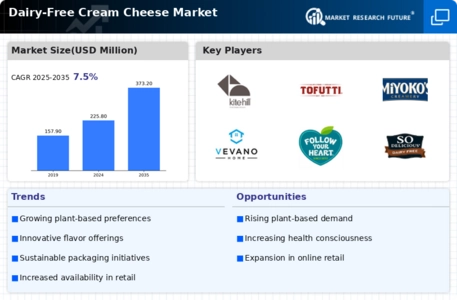
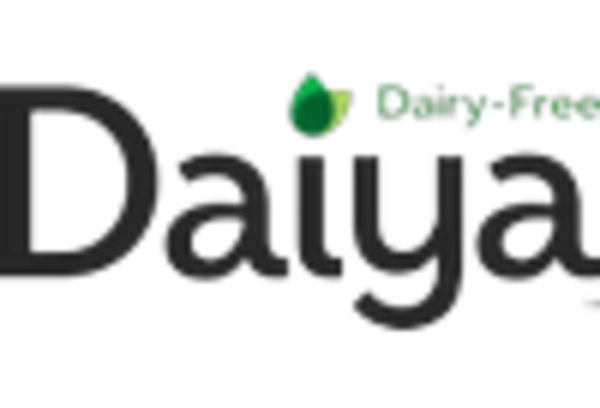
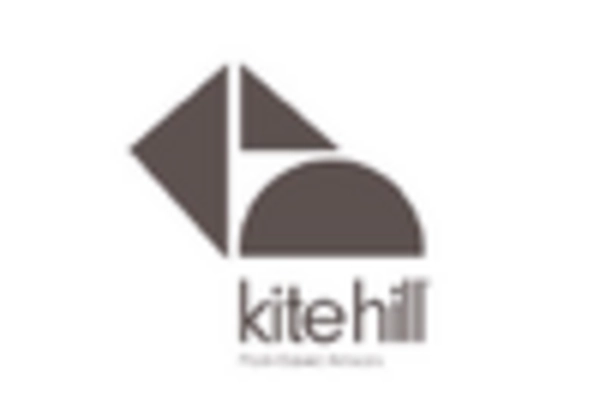
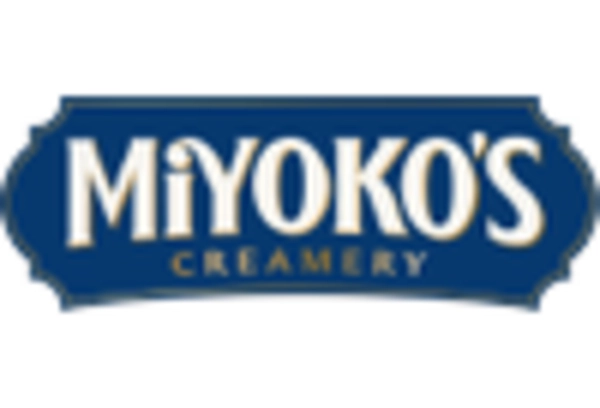
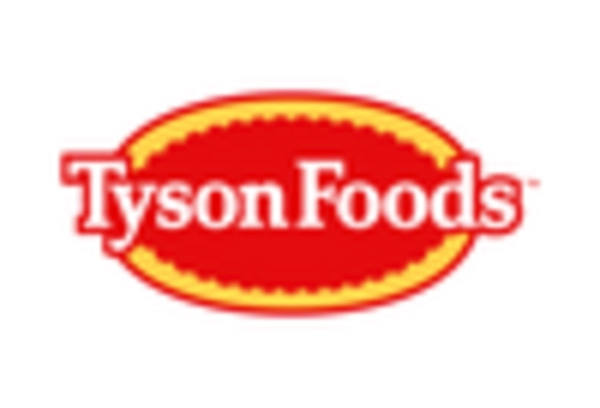
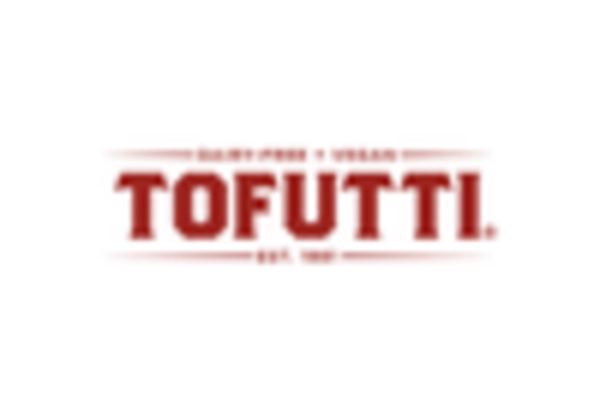
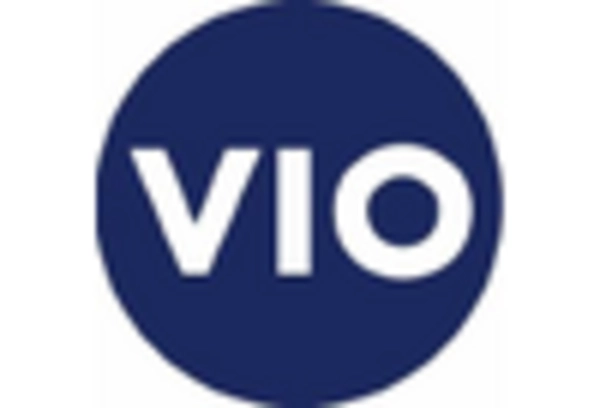









Leave a Comment